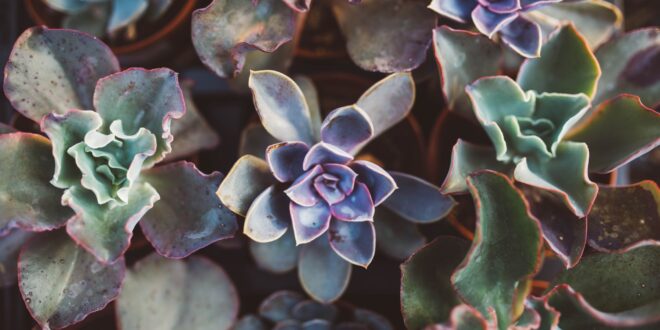If you’re thinking about freshening up your living space with some indoor plants you might want to check out succulents before everything else. Why do we say that? Well, for one, they come in all shapes and sizes and aren’t really your everyday flower in the pot. Secondly, it doesn’t get much easier than growing a succulent in living room conditions. However, even though it’s generally easy to grow and take care of one, it isn’t completely effortless. There are a few tips and tricks you might want to hear first, so you don’t end up with a sad-looking, grim plant in the corner of your room. Let’s begin.
Table of Contents
What Are Succulents?
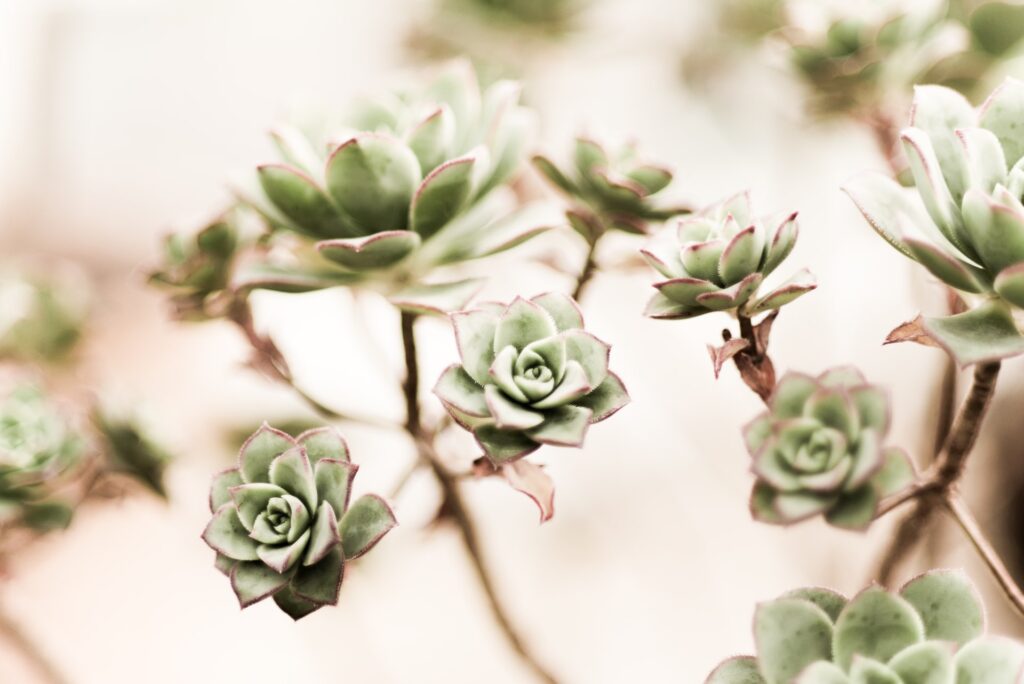
Even though they are often confused with cacti, succulents aren’t cacti – it’s the other way around. Basically, anything that’s a plant and has thick, juicy, fleshy leaves is generally considered succulent. They have these thick, juicy leaves so they can store as much water as they need since most of them originate from drought-ridden areas. As we’ve mentioned a while ago, they come in all shapes and sizes, so here are some of the most popular ones found in homes across the globe.
- Jade Plant
- Christmas Kalanchoe
- Snake Plant (affectionately nicknamed mother-in-law’s tongue)
- Zebra Cactus
- Panda Plant
- Living Stone
And many, many more…
So, if you’ve made it up to here, you’re probably still interested in how to grow one, so, without further ado, let’s check that out.
Pick The Right One For Your Home
Generally speaking, most of these lovely plants thrive in warm, sunny and dry conditions and they don’t particularly mind if you forget all about them for quite some time. That makes them an ideal candidate for an indoor, household plant.
Most of them absolutely adore and need sunlight, so if you live in a remarkably sun-kissed space, you can pick whichever one you want. However, if the room you’re planning on putting it in isn’t particularly well-lit, we’d recommend choosing a slightly more ‘dark-tolerant’ one – like snake plant. Make sure you do your research before you go out and buy one.
Let The Sun Shine In
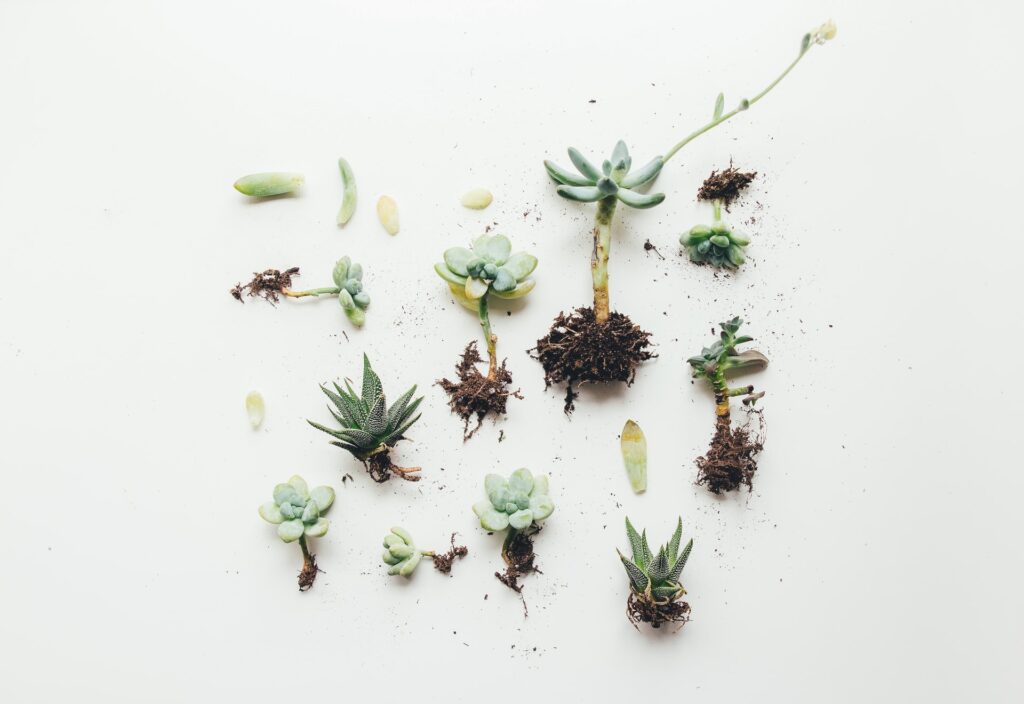
As we’ve already said – they absolutely thrive in direct sunlight. If we’re talking ideal growing conditions, most of these plants will need at least 6 hours of direct sunlight, so a place by the south or east-facing window would be the right move. However, there’s one thing we have in common with these guys and that’s getting sunburnt. That’s right. Even the sunshine lovers like succulents can get too much sun, so keep that in mind, especially during summer.
With some of them, you’ll notice if you’re doing something wrong by the way it behaves. If you notice it leaning towards the light, that means it’s not getting enough of it and it’s time to move it closer to the window.
Pick The Right Soil
Just because they can grow in the harshest of conditions doesn’t mean that they have to. Don’t just dig up the dirt from your yard, pick the right soil for your new buddy. It’s not by accident that the professional cacti and succulent breeders like succulentmarket.com grow theirs is specially made soil. The ideal soil, the one we’d recommend you use if you want the best results, would be a fast-draining and well-aerated one. Most of the houseplants dislike soggy and overly-moist soil and that’s especially true for these drought-lovers. So, do your research on the best type of soil and get that one, especially if you’re buying a young flower.
Pick The Right Container
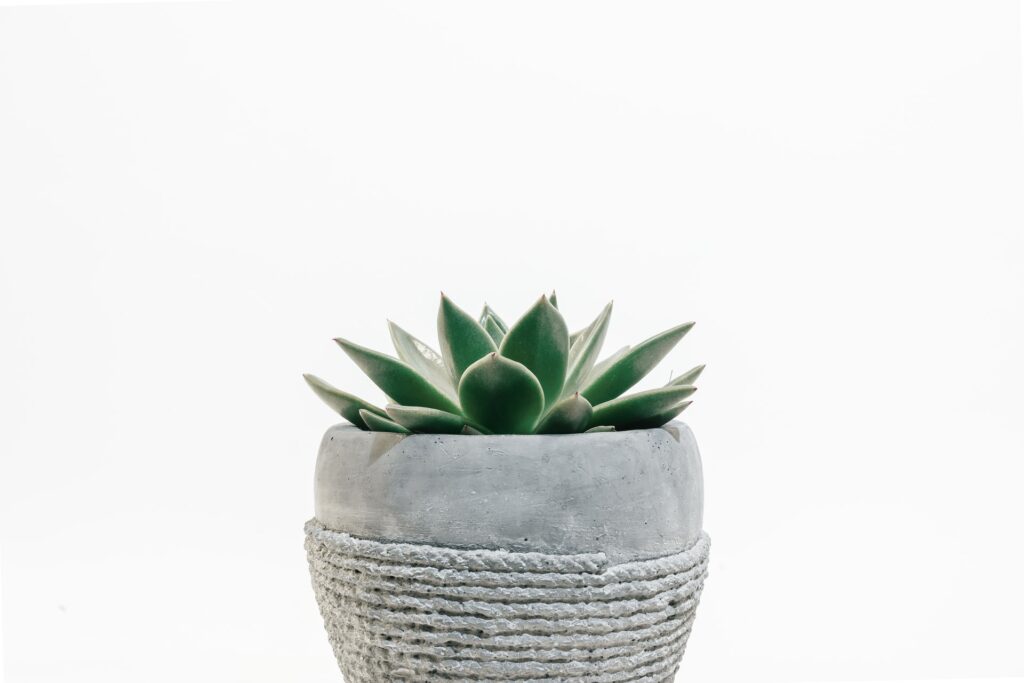
A pot isn’t just there to hold the soil in place and look good – it has other purposes as well. We know that glass pots or mason jars look hip and cool, but they’re just not good enough. The glass just doesn’t allow for enough airflow and drainage, which would in time damage the roots and kill the green. Instead, use terra-cotta pots with drainage holes the keep everything just right. The good thing about terra-cotta pots is that you can paint them or place them in a decorative pot if you don’t dig the look.
Water It Every Now And Then
Now, for a species that comes from dessert, these ones are really picky about how they like their water. Don’t get us wrong, their leaves make them really drought-resistant, but they do need some aqua from time to time. Now, the general rule of thumb is – water it once you notice the soil is gone dry. It all varies from species to species, but in most cases that should be your guideline.
Now, one thing many people get wrong is that they don’t need to be watered during winter, because they aren’t growing. That’s not entirely true. They are semi-dormant, that’s true, but they’ll need watering either way.
One thing that might seem kind of strange is – you should not water directly over the leaves. Believe it or not, water can damage the leaves and cause some discoloration. Instead of pouring the water down on them, just water the soil and do so thoroughly. Excess water will drain through the potholes and you should be left with soil that resembles a drained sponge.
Fertilize Every 6 Months
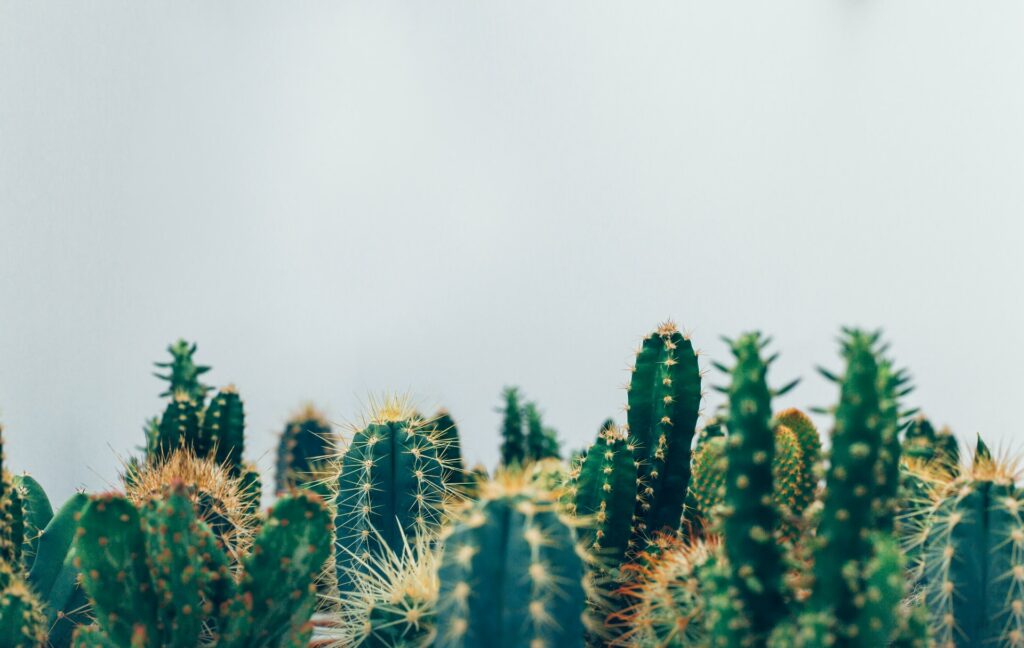
For the best results, feed your succulents with some fertilizer in the early spring because that’s when the new growth cycle starts. Repeat the process after 6 months. You can add another ‘meal’ if you notice some growth stumps, but in most cases, you won’t need to fertilize more than twice a year. As for fertilizer, do your research and find a specialized one for succulents and cacti.
Keep It Warm And Dry
So, what have we learned so far? All succulents need is a ‘little bit’ of sunshine and even less water. However, we haven’t mentioned one last thing – room temperature. Now, you won’t need to set your thermostat to mid-July, Arizona temperature – anywhere from 20 to 30 °C will suffice. A standard room temperature if you will. During winter, since they’re semi-dormant – they’ll manage with temperatures as low as 10°C. Also, avoid bathrooms or other overly humid rooms – they don’t really like that.
As you can see, it’s not a lot of work to grow a succulent. There are a few tips, tricks and guidelines to follow – but nothing too demanding or crazy as you saw. Hopefully, by this time next year, you’ll grow a breath-taking succulent following our tips.
 World Magazine 2024
World Magazine 2024
